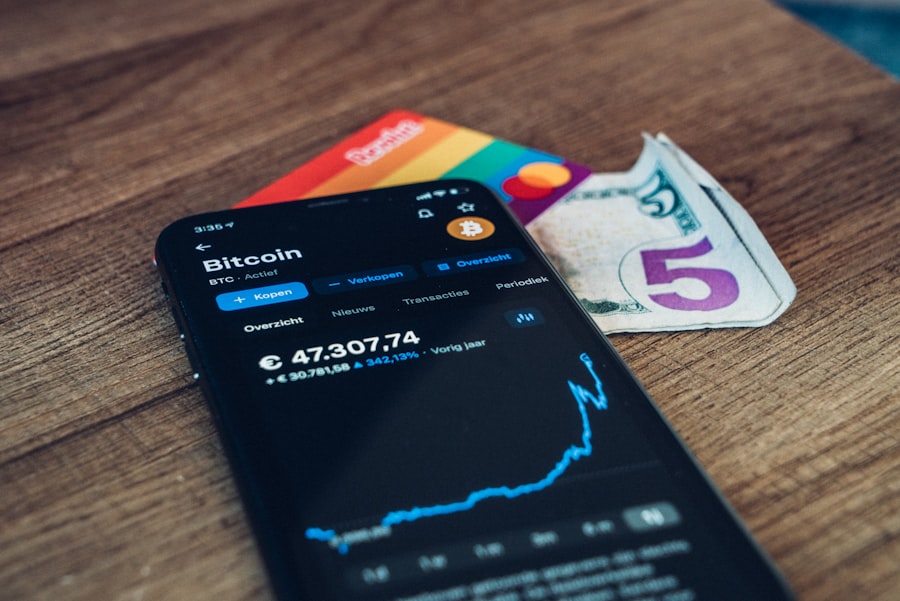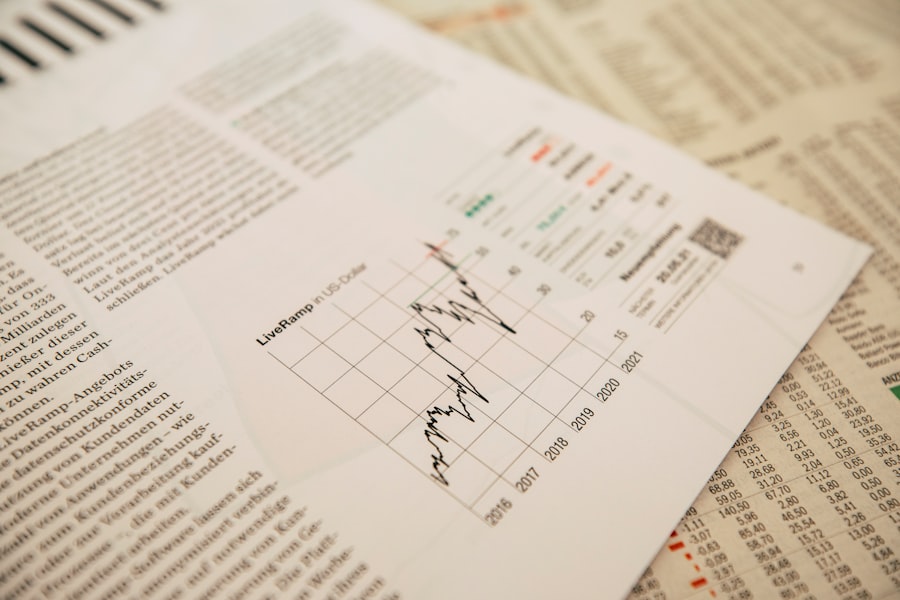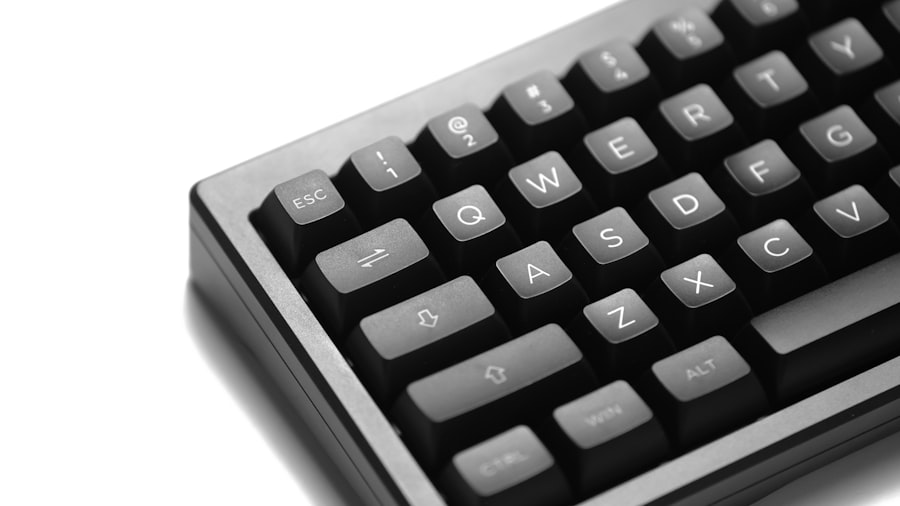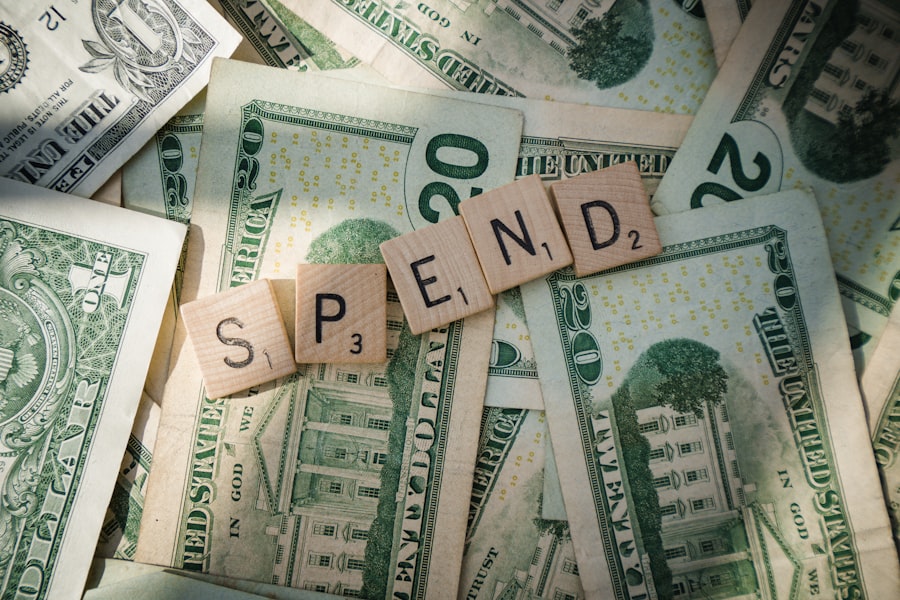In an increasingly digital world, managing personal finances has become more accessible and efficient, thanks in large part to the advent of budget apps. These applications serve as powerful tools that help individuals track their income, expenses, and savings goals, all from the convenience of their smartphones or tablets. With the rise of mobile technology, budget apps have evolved from simple expense trackers to comprehensive financial management systems that can cater to a variety of financial needs.
They empower users to take control of their financial health, offering insights that were once only available through complex spreadsheets or professional financial advice. The importance of budgeting cannot be overstated. It is a fundamental practice that allows individuals to allocate their resources wisely, avoid unnecessary debt, and work towards their financial goals.
Budget apps simplify this process by providing user-friendly interfaces and real-time data analysis. They can help users identify spending patterns, set budgets for different categories, and even remind them of upcoming bills. As more people recognize the value of financial literacy, the demand for effective budgeting tools continues to grow, making budget apps an essential component of modern financial management.
Key Takeaways
- Budget apps are digital tools designed to help individuals and families manage their finances more effectively.
- When choosing a budget app, look for features such as expense tracking, goal setting, bill reminders, and customizable budget categories.
- Some of the top free budget apps include Mint, Personal Capital, and Goodbudget, which offer a range of features for budgeting and financial management.
- For those willing to invest in a budget app, options like You Need a Budget (YNAB), PocketGuard, and EveryDollar offer advanced features and personalized support for a fee.
- Different budget apps cater to specific financial goals, such as saving for a vacation, buying a home, or paying off debt, so it’s important to choose one that aligns with your objectives.
Features to Look for in Budget Apps
When selecting a budget app, it is crucial to consider the features that will best meet your financial needs. One of the most important features is the ability to sync with bank accounts and credit cards. This functionality allows users to automatically import transactions, reducing the manual entry required and providing a more accurate picture of their financial situation.
Real-time syncing ensures that users are always aware of their current balance and spending habits, which is vital for effective budgeting. Another key feature to look for is customizable budgeting categories. Different individuals have unique spending habits and financial goals, so an app that allows users to create personalized categories can enhance the budgeting experience.
For instance, someone might want to track their dining out expenses separately from groceries or entertainment. Additionally, robust reporting tools can provide insights into spending trends over time, helping users make informed decisions about where to cut back or where to allocate more funds. Notifications and reminders for bill payments or budget limits can also be invaluable in keeping users on track.
Top Free Budget Apps

Among the plethora of budget apps available today, several stand out for their robust features and user-friendly interfaces without any cost. One such app is Mint, which has gained popularity for its comprehensive approach to budgeting. Mint allows users to link their bank accounts and credit cards, automatically categorizing transactions and providing a clear overview of spending habits.
The app also offers goal-setting features, enabling users to save for specific objectives like vacations or emergency funds. Its intuitive design and detailed reports make it an excellent choice for anyone looking to manage their finances effectively. Another noteworthy free option is YNAB (You Need A Budget), which takes a proactive approach to budgeting by encouraging users to assign every dollar a job.
While YNAB offers a free trial, it typically operates on a subscription model; however, its educational resources and community support make it a valuable tool for those serious about improving their financial literacy. The app emphasizes the importance of planning ahead and adjusting budgets as necessary, which can lead to more mindful spending habits over time. Users appreciate its focus on helping them break the paycheck-to-paycheck cycle and build savings.
Top Paid Budget Apps
| App Name | Price | Downloads | Rating |
|---|---|---|---|
| YNAB (You Need A Budget) | 84.00 | 500,000+ | 4.7 |
| Goodbudget | 6.00 | 100,000+ | 4.5 |
| Wallet | 6.99 | 1,000,000+ | 4.6 |
While many excellent free budget apps exist, some users may find that paid options offer additional features that justify the cost. One of the leading paid budget apps is EveryDollar, developed by financial expert Dave Ramsey. EveryDollar operates on a zero-based budgeting system, where users allocate every dollar they earn to specific expenses or savings goals.
The app’s straightforward design makes it easy to use, and its premium version allows for bank syncing, which automates transaction tracking. This feature can save users time while still encouraging them to engage with their budget actively. Another highly regarded paid app is PocketGuard, which simplifies budgeting by showing users how much disposable income they have after accounting for bills, goals, and necessities.
The app’s unique “In My Pocket” feature provides a clear picture of what users can spend without jeopardizing their financial goals. PocketGuard also offers insights into recurring subscriptions and bills, helping users identify areas where they might be overspending. The combination of ease of use and powerful analytics makes PocketGuard a favorite among those willing to invest in their financial management.
Budget Apps for Specific Financial Goals
Not all budget apps are created equal when it comes to addressing specific financial goals. For individuals focused on saving for retirement or investing, apps like Acorns can be particularly beneficial. Acorns rounds up everyday purchases to the nearest dollar and invests the spare change into diversified portfolios.
This micro-investing approach allows users to build wealth gradually without requiring significant upfront capital or extensive investment knowledge. Acorns also provides educational resources about investing, making it an excellent choice for beginners looking to grow their savings. For those aiming to pay off debt, Debt Payoff Planner is an app designed specifically for this purpose.
Users can input their debts along with interest rates and minimum payments, allowing the app to create a personalized payoff plan based on various strategies such as the snowball or avalanche methods. The app tracks progress and provides motivational reminders as users work towards becoming debt-free. By focusing on debt repayment, this app helps users prioritize their financial goals effectively.
Budget Apps for Couples and Families

Managing finances as a couple or family can present unique challenges that require specialized tools. One app designed with couples in mind is Honeydue, which allows partners to share expenses and track bills together in one place. Honeydue enables users to categorize spending by individual or shared expenses, fostering transparency in financial matters.
The app also includes features like bill reminders and chat functionality, making it easier for couples to communicate about their finances without misunderstandings. For families looking to manage household budgets collectively, GoodBudget offers a digital envelope budgeting system that can be shared among family members. Users can create envelopes for different spending categories—such as groceries, entertainment, and savings—and allocate funds accordingly.
This approach encourages family members to discuss spending habits openly and work together towards common financial goals. GoodBudget’s ability to sync across multiple devices ensures that everyone stays informed about the family’s financial status.
Tips for Using Budget Apps Effectively
To maximize the benefits of budget apps, users should adopt certain best practices that enhance their budgeting experience. First and foremost, consistency is key; regularly updating transactions and reviewing budgets can help maintain an accurate picture of one’s finances. Setting aside time each week or month to assess spending patterns and adjust budgets accordingly can lead to better financial decision-making over time.
Another effective strategy is to set realistic goals within the app. Whether it’s saving for a vacation or paying off debt, having clear objectives can motivate users to stick with their budgets. Many apps allow users to set specific targets and track progress visually, which can be incredibly encouraging.
Additionally, taking advantage of educational resources offered by many budget apps can deepen financial literacy and empower users to make informed choices about their money.
Conclusion and Final Recommendations
In today’s fast-paced world, budget apps have emerged as indispensable tools for managing personal finances effectively. With a wide range of options available—both free and paid—individuals can find an app that suits their unique needs and preferences. Whether you are looking for a simple expense tracker or a comprehensive financial management system, there is likely an app tailored just for you.
As you explore different budget apps, consider your specific financial goals and lifestyle needs. Look for features that resonate with your budgeting style—be it automatic syncing with bank accounts or customizable categories—and don’t hesitate to try out multiple options before settling on one that feels right. By leveraging these digital tools effectively, you can take significant strides towards achieving your financial aspirations while gaining greater control over your money management practices.
If you’re exploring top budget apps to streamline your financial planning, you might also be interested in learning how to design a budget tracker website template on a budget. This related article provides valuable insights into creating a cost-effective and efficient budget tracking tool tailored to your needs. For more information, check out the article here.
FAQs
What are budget apps?
Budget apps are software applications designed to help individuals and households manage their finances by tracking income, expenses, and savings goals. These apps often provide tools for creating budgets, setting financial goals, and monitoring spending habits.
How do budget apps work?
Budget apps typically work by allowing users to input their income and expenses, categorize transactions, and set budget limits for different spending categories. Some apps also offer features such as bill reminders, financial reports, and goal tracking to help users stay on top of their finances.
What are the benefits of using budget apps?
Using budget apps can help individuals gain better control over their finances, track their spending habits, and make informed decisions about their money. These apps can also help users identify areas where they can save money and stay on track with their financial goals.
Are budget apps secure?
Most budget apps use encryption and other security measures to protect users’ financial information. It’s important to choose a reputable app from a trusted source and to use strong, unique passwords to help keep your financial data secure.
Are budget apps free to use?
Many budget apps offer free versions with basic features, while others may require a subscription or one-time purchase for access to more advanced tools and features. It’s important to review the pricing and features of different budget apps to find one that best fits your needs and budget.


























